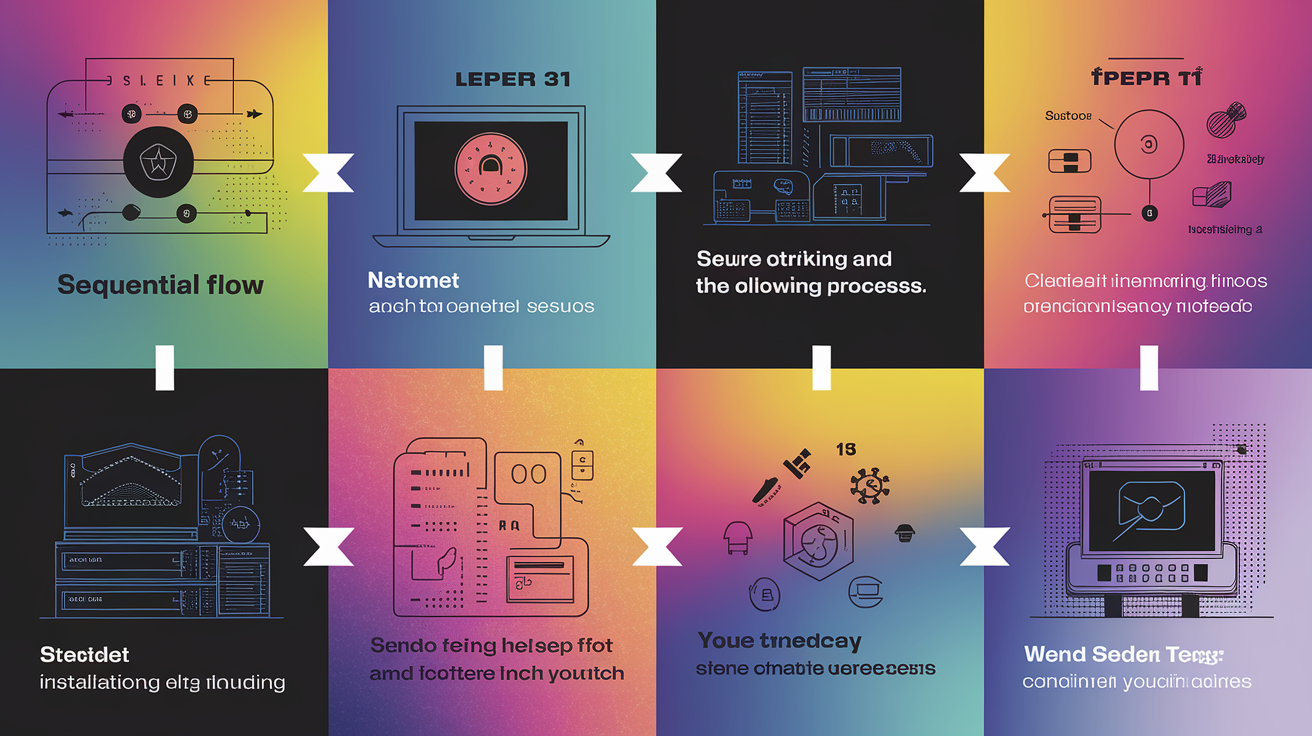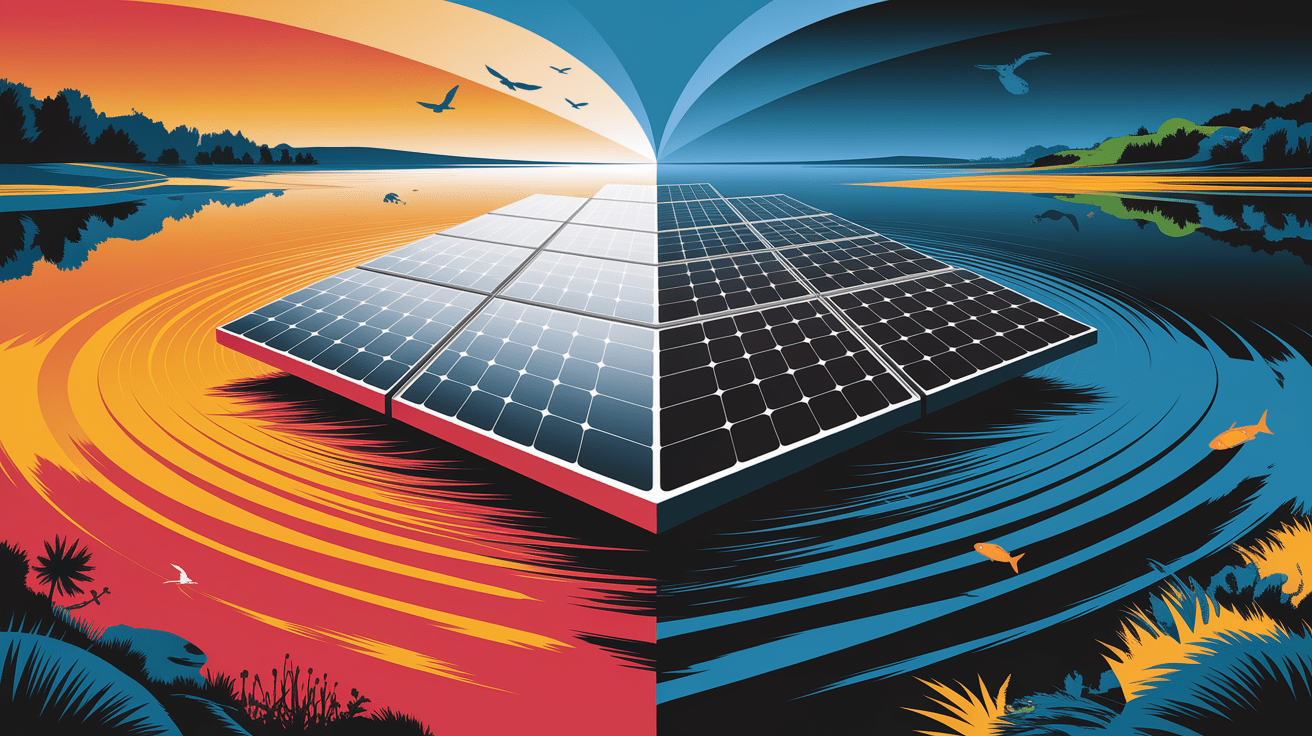Making Waves: A Practical Guide to Floating Solar Design and Deployment
Introduction – Riding the Solar Wave
Floating solar technology—also known as floating photovoltaics (FPV) or floatovoltaics—has rapidly evolved from pioneering projects in the late 2000s into a viable, scalable solution for renewable energy generation. By mounting solar panels on buoyant structures atop reservoirs, lakes, and other suitable water bodies, FPV systems circumvent the land-use challenges that can constrain conventional solar farms. With global installed capacity surging from 3 GW in 2020 to 13 GW by 2022, the momentum is unmistakable, driven by both economic and environmental imperatives.

The combination of efficient energy production, reduced evaporation, and the potential for integration with hydroelectric dams or aquaculture makes water-based renewable energy a compelling proposition. As performance data continues to demonstrate improved efficiency thanks to the water cooling effect, businesses, municipalities, and utilities are actively exploring this amphibious energy solution for future deployment.
Assessing Site and Feasibility
Before committing to a floating solar panel installation, a thorough site assessment is essential. Not all water bodies are created equal, and technical, environmental, and regulatory factors influence feasibility.

- Water Body Characteristics: Calm freshwater bodies such as reservoirs and quarry lakes are preferred to minimize mechanical stress on buoyant solar structures. Excessive wave action, steep underwater topography, or heavy water traffic can raise costs and complexity.
- Anchoring and Mooring Feasibility: Effective anchoring systems depend on water depth, bottom composition, and seasonal fluctuations. Techniques range from bank-mounted mooring to submersible anchors, each tailored for site stability.
- Regulatory Considerations: Compliance with local environmental impact assessments ensures projects align with aquatic ecosystem protection, particularly when deploying in ecologically sensitive areas or a managed marine environment.
- Hybrid Energy Potential: Integration with hydroelectric reservoirs can stabilize supply during hydropower shortfalls, turning a single water body into a dual-use energy asset.
System Design Essentials
Designing a floating photovoltaic system requires precision engineering to balance energy output, durability, and environmental compatibility.

- Buoyant Structures: Common float materials include high-density polyethylene (HDPE) pontoons and foam-filled units, selected for UV resistance, impact durability, and low maintenance.
- Panel Specifications: Corrosion-resistant coatings safeguard against moisture ingress, while orientation and tilt angles are optimized for sunlight capture on water surfaces.
- Anchoring Systems: Flexible mooring allows for water level changes, while robust tethering prevents drift in variable conditions. Advanced designs incorporate wind load modeling for structural integrity.
- Electrical Infrastructure: Inverters, wiring, and cabling are installed with waterproof protection and are routed via floating walkways or underwater conduits to shore-based grid connection points.
- Efficiency Gains: Water cooling can boost energy yield by 5–15% compared to land-based PV, reducing thermal losses and improving performance consistency.
When implemented correctly, FPV technology can achieve short energy payback times—as low as 1.3 years for foam-based installations—while minimizing greenhouse gas emissions per kilowatt-hour.
Deployment and Installation Process
Successful deployment hinges on phased planning and precise execution to align engineering requirements with environmental and logistical constraints.

- Pre-Deployment Surveys: Bathymetric mapping and meteorological analysis establish anchoring strategy, mooring layout, and panel placement.
- Float Assembly: Buoyant platforms, often pre-fabricated HDPE modules, are assembled onshore and connected to form larger solar arrays.
- Panel Mounting: Photovoltaic modules are mounted with corrosion-resistant fasteners, ensuring optimal tilt and secure fixation against wind uplift.
- Anchoring & Mooring Installation: Cables or chains connect arrays to anchor points, accommodating water level changes without structural strain.
- Electrical Commissioning: Inverter systems are integrated, insulation testing is performed, and the grid connection is validated for compliance and safety.
Despite higher initial setup costs compared to ground-mounted PV, floating solar farms benefit from reduced land acquisition costs and potential co-location efficiencies with existing infrastructure.
Operation and Maintenance Best Practices
Sustaining performance and longevity in a floating solar installation depends on proactive maintenance and real-time monitoring.
- Routine Inspections: Visual checks for debris accumulation, algae growth prevention, and float integrity ensure uninterrupted operation.
- Electrical Diagnostics: Regular inverter and cable inspections prevent faults from moisture ingress or mechanical strain.
- Environmental Monitoring: Tracking water temperature, dissolved oxygen, and ecological indicators helps balance energy generation with aquatic health goals.
- Seasonal Adjustments: In regions with variable climates, adjusting anchoring tension or repositioning modules can mitigate ice formation or storm damage.
Advanced monitoring systems provide remote diagnostics and performance analytics, enabling operators to identify and address issues before they affect generation output.
Conclusion – Staying Afloat in Renewable Energy
Floating PV technology has transitioned from experimental aquatic solar installations to a mature energy option poised to play a pivotal role in global sustainability strategies. Its ability to generate clean power without land consumption, coupled with environmental co-benefits like evaporation reduction and algae growth prevention, makes it highly attractive for regions facing land scarcity and climate-induced water resource challenges.
With continued research into material innovations and deployment methods, along with well-informed environmental assessments, floating solar offers an expansive horizon for renewable energy growth. Stakeholders considering adoption should focus on robust site evaluation, precision engineering, and adaptive maintenance plans to maximize returns and mitigate risks.
Actionable Insight: Organizations and municipalities assessing renewable portfolios should identify suitable reservoirs or artificial lakes, evaluate hybrid energy opportunities, and leverage current FPV design advancements to secure efficient, sustainable energy production well into the next decades.







